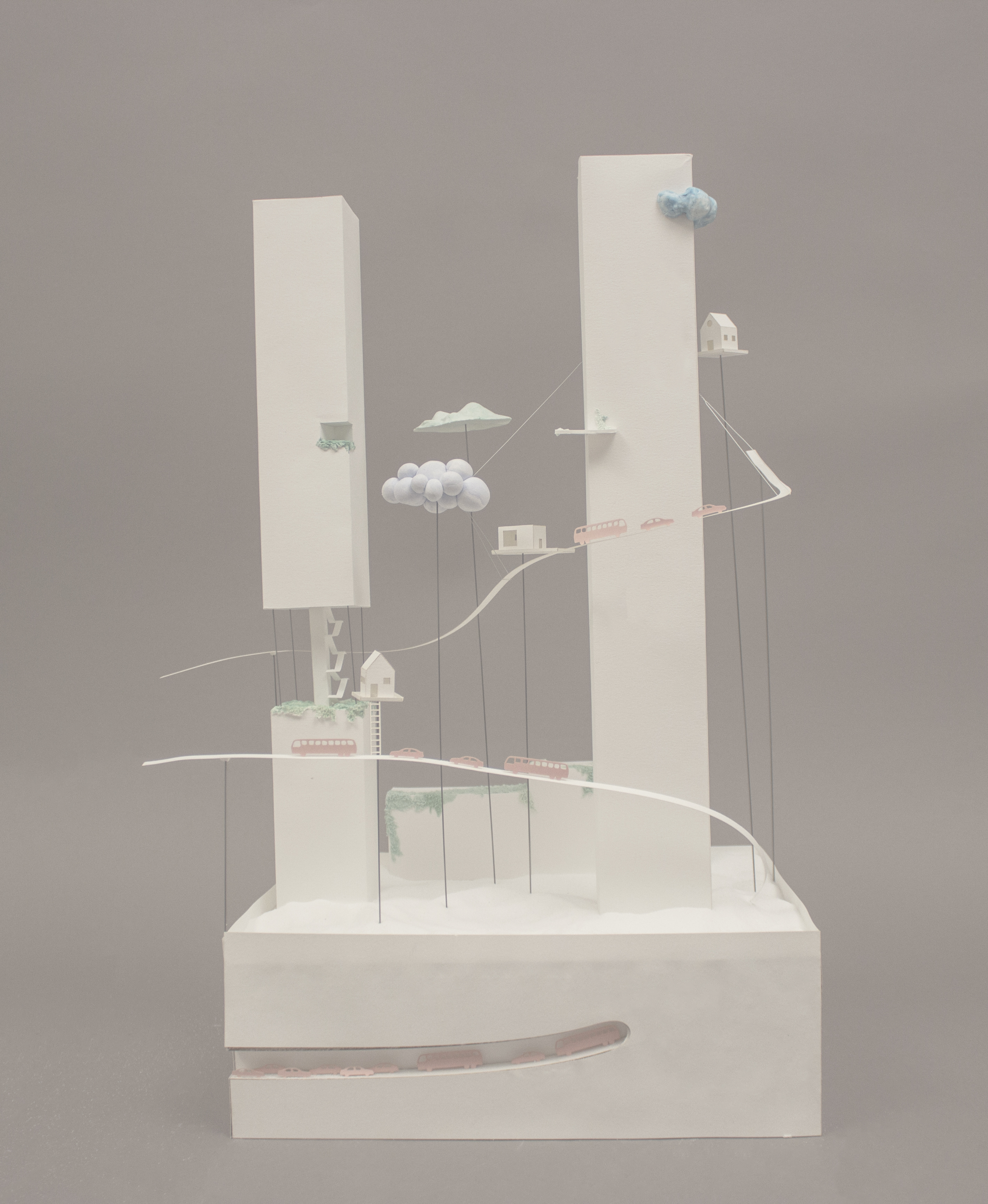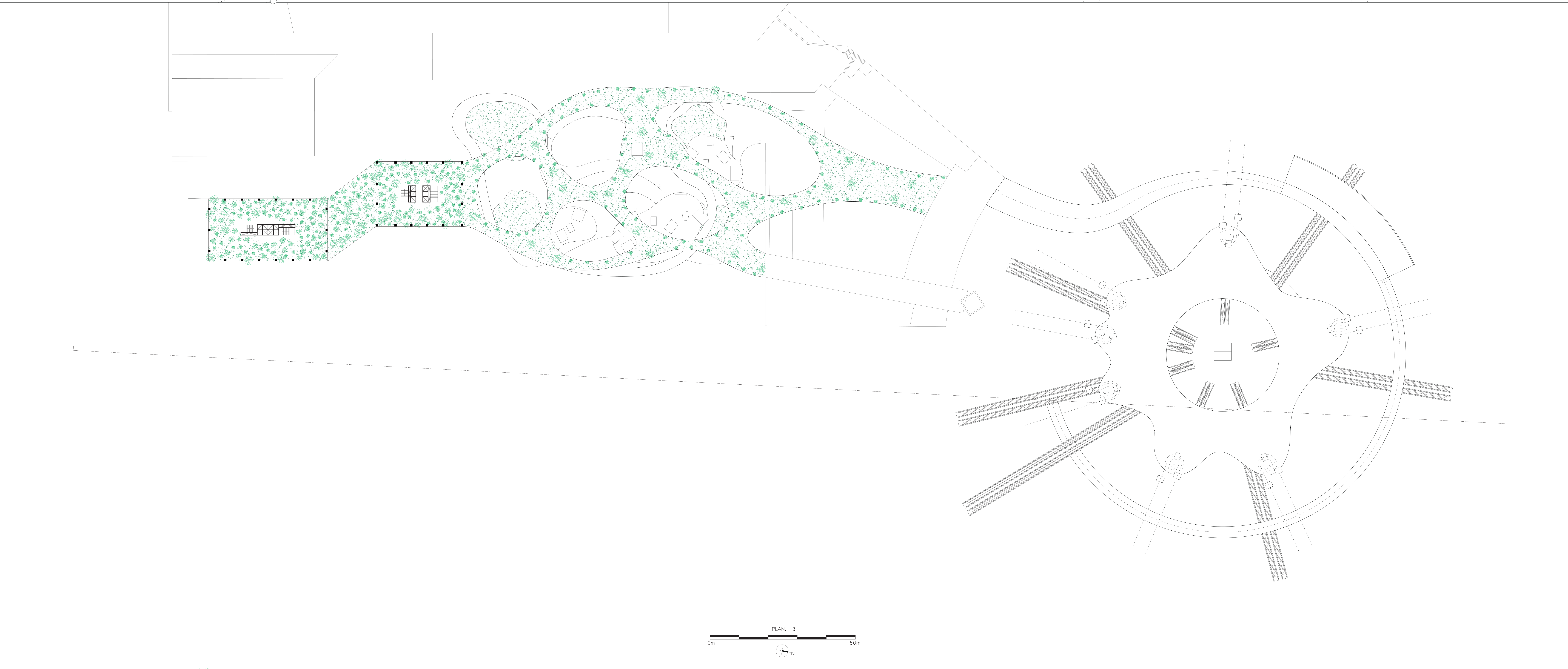ATLAS of DESIRES
Reinventing Urban Paris
3rd year project
Architectural Association School of Architecture
2016-2017
Tutor: Salwa Mikou + Selma Mikou + Sebastian Andia

“The society is a fast speed machine that exploits its inhabitants, detaching the citizens from each other and everything surrounds them.”
Constant
We live in an era where everything is in constant flux, the popularization of airbnb, co-working space, and increasing of nomadic lifestyle results in blurring of the traditional concept of ownership. The world becomes a gigantic city – with a smartphone you can navigate yourself everywhere: get some cash from an ATM, jump on the next flight, buy your morning decaf latte skim milk at Starbucks in Hong Kong, and another one in Chicago in the evening, made just the way you like it. As we experience the extreme of convenience, we are in the same time detaching from everything else; when everything looks the same, what is special anymore? What is yours? His? Hers? Is there a difference? Or does it even matter? Is city essentially a big machine where convenience is the only and ultimate goal?
In response, the project investigates the notion of identity, to understand the intimate bond between people and place; to rethink the built environment through adjusting the relationship between the human and its surrounding in physical, psychological, and emotional altitude.
To envision an alternative future where the city readjust its position from a “machine” to a “human” habitat, the project is a manifesto of a new society where individualistic desires are celebrated, endless freedom and leisure become the ultimate goal; achieved through altering the current situation of transportation, living, and public space.

relationship between human and its surrounding.
What is it that makes “a place” “the place”? How do we define a place “home”? Although largely intangible, the sense of place can be untangled into different principles It is the space that one experiences, the people that one encounters, and the memory that one participated… only through physical interaction, a personal dialogue will be established...
What is it that makes “a place” “the place”? How do we define a place “home”? Although largely intangible, the sense of place can be untangled into different principles It is the space that one experiences, the people that one encounters, and the memory that one participated… only through physical interaction, a personal dialogue will be established...

Visionary model
The spatial organization of the city determines the life of its residents, the behavior of its residence can only be altered by rethinking the situation of the entire city.
“An intimate bonding of desire and space will produce a new kind of architecture for a new society.”
The spatial organization of the city determines the life of its residents, the behavior of its residence can only be altered by rethinking the situation of the entire city.
“An intimate bonding of desire and space will produce a new kind of architecture for a new society.”

The site locates in Place d’Italie, one of the major transportation hub located in the 13th arrondissement of Paris, the arrondissement is characterized by its unfavored brutal high rises, resulting from government’s failed ambition of modernization during the end of 20th century; the cheap housing price also attracted mass number of southeast Asian refugees in the 60s. Left with the reputation of “un-parisian” and “dangerous”, today the area remains alienated and unfavored from the rest of Paris.
With the aim of reconnecting the inhabitants to the ground, and to establish an identity of the place: a system of different strategies is established.
With the aim of reconnecting the inhabitants to the ground, and to establish an identity of the place: a system of different strategies is established.

1. To return the street back to its citizens by elevating the current traffic through using gondolas as an alternative transportation system, which brings a sense of enjoyment and scenic aspect to the daily life.
2. To challenge the conventional way of inhabiting the street, to transform the everyday walk into a journey of discoveries and enjoyment by layering the street with a continuous field of artificial landscape. Where the element of surface is used with the aim of blurring the boundary between interior and exterior, thus transform the way pedestrians interact with the surroundings. The programs are left for the citizens to decide: library, kindergarden, auditorium, playground...
3. To diminish the over exaggerated scale of existed high rise by appropriating the existed building through operations of addition and subtraction. As a result linking the indifferent individuals through inhabiting the new spaces collectively.
4. To propose an alternative way to inhabit the air space other than high rise, by constructing a constellation of linked platforms, even though high above the ground, the inhabitants do not experience detachment from the ground, instead through strolling on the platform, in between the houses, the habitat reminds one the atmosphere of a village.

A home, a playground, a garden, a work space, a cinema, a kitchen...
Decorate it however you like, add a wall and paint it pink, hang up the baby blue curtain and watch the sunshine filters through, or even better, just leave it as it is, close your eyes, and enjoy the soft wind blowing through with a scent of cherry blossoms.
Decorate it however you like, add a wall and paint it pink, hang up the baby blue curtain and watch the sunshine filters through, or even better, just leave it as it is, close your eyes, and enjoy the soft wind blowing through with a scent of cherry blossoms.

Typologies of Collective Living

An empty space is in fact not nothingness, but a blank canvas of new possibilities left for interpretation.

Appropriation of the existed High Rise
The reduction of the units will not lower the quality of living for the current residences, on the contrary, the supplementary new space will be shared collectively, generating interaction between the inhabitants, and thus formming communities within the high-rise.
The gap will also allow gondolas to go through the building, linking the detached residences with the rest of the city.
The reduction of the units will not lower the quality of living for the current residences, on the contrary, the supplementary new space will be shared collectively, generating interaction between the inhabitants, and thus formming communities within the high-rise.
The gap will also allow gondolas to go through the building, linking the detached residences with the rest of the city.

The Continuous Landscape

Like child exploring an unknown field for the first time, the visitors are immediately drowned into the immersive sea of endless possibilities. Walking alone the uneven surface, the wonderers find themselves in unexpected situations, following up to a staircase that leads to breathtaking views; walk down the slope and be careful not to bump into the fast skater, enter right into the next corner and dip your feet into clear water...
As if they have entered a dream, the visitors’ imagination is evoked and magnified, they construct new forms of behavior through continuous discovering, as the view point shift constantly, there is no more inside or outside, or hierarchy of view points.
You might ask whether it a garden? A park? A labyrinth? Or a gigantic building?
The answer is that it does not matter; it is whatever you want it to be.
As if they have entered a dream, the visitors’ imagination is evoked and magnified, they construct new forms of behavior through continuous discovering, as the view point shift constantly, there is no more inside or outside, or hierarchy of view points.
You might ask whether it a garden? A park? A labyrinth? Or a gigantic building?
The answer is that it does not matter; it is whatever you want it to be.








The problems revealed in Place d’Italie are not just limited to the site but resonates in modern cities all around the world
Thus the project is not just limited to the site but exists as a system that can be applied in similar scenarios in different locations